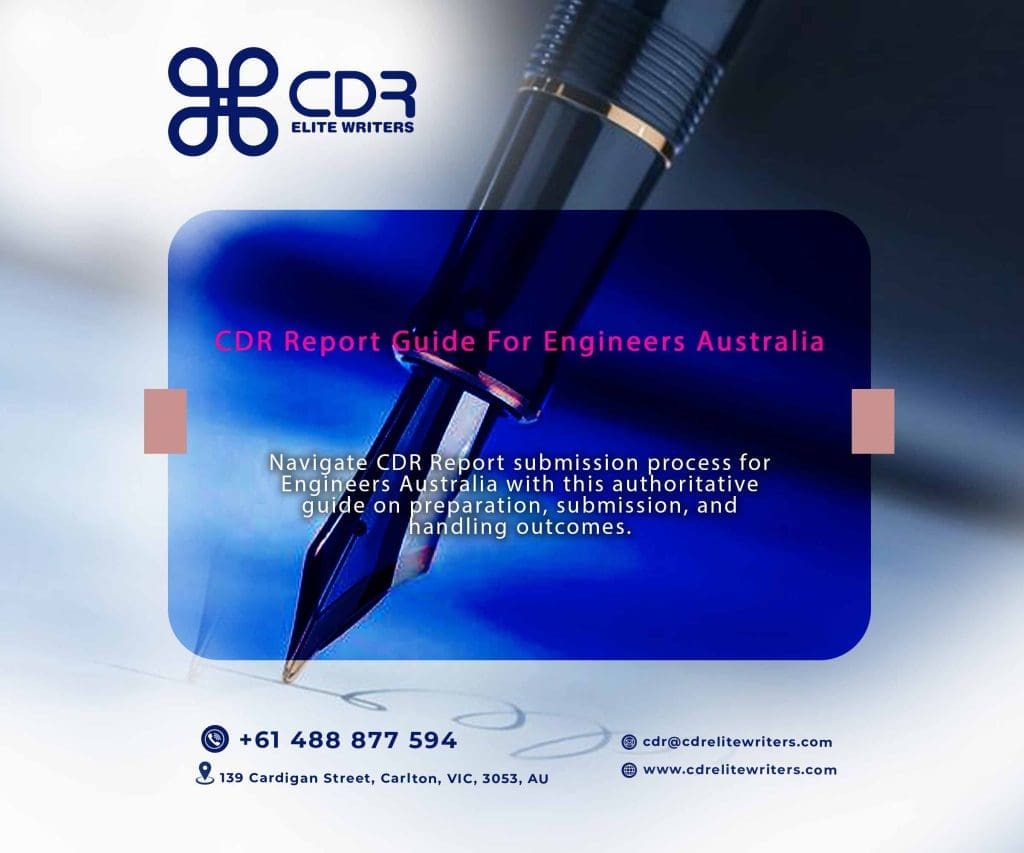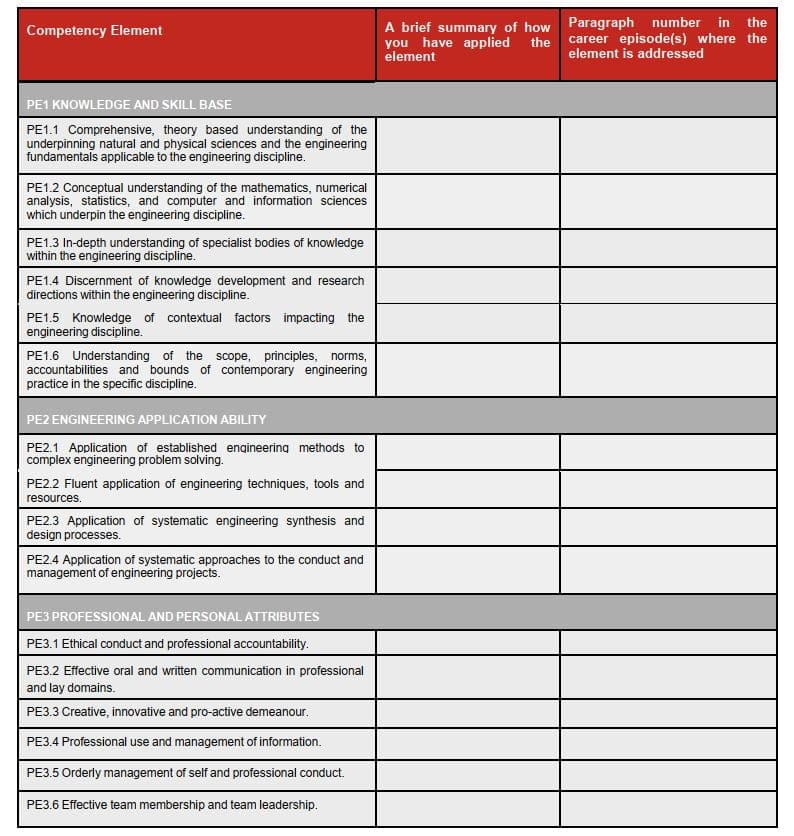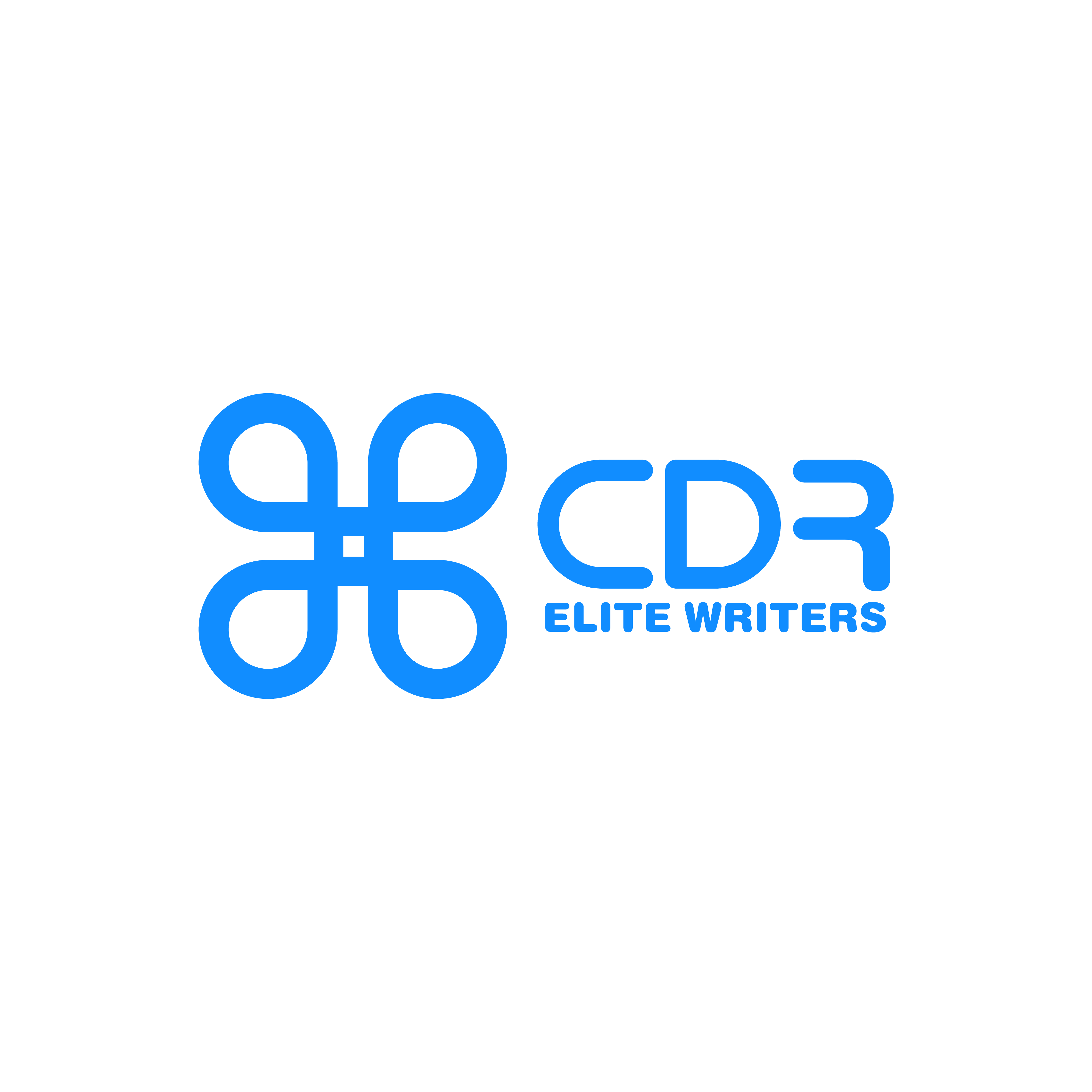A Competency Demonstration Report (CDR Report) for Australian Immigration Skills Assessment showcases an engineer’s knowledge, skills, and practical application. This report is essential for engineers to show that they meet Australian standards.
The CDR Report has three parts: a Continuous Professional Development (CPD) list, three Career Episodes, and a Summary Statement. Each part must be precise. It must show engineering skills, problem-solving, innovation, and contributions to the field.
If you are migrating to Australia, the CDR report for Australian Skills Assessment is key in the visa process. It allows Engineers Australia (EA) to check your technical and professional skills. The report highlights your engineering expertise according to Australian standards.

Categories of Engineering Professions Recognized by Engineers Australia (EA)
Engineers Australia groups engineering into four main categories. Applicants must accurately select the category that matches their qualifications and experience. This step is crucial for a proper assessment and improves migration success chances. The categories are as follows:
- Professional Engineer: This category is for those with a four-year engineering degree or equivalent. It also requires a strong mix of theoretical knowledge and practical skill. Candidates should tackle complex engineering issues. Moreover, they must show readiness to lead in design, coordination, and management.
- Engineering Technologist: Applicants usually hold a three-year degree in technology or engineering. Engineering Technologists are noted for their specific technical expertise in one engineering field. They focus on applying and implementing current and new technologies.
- Engineering Associate: This category is for those with a two-year degree, diploma, or similar in engineering. It recognizes their practical experience and technical skills needed for engineering work. Engineering Associates typically collaborate with Professional Engineers and Technologists. They focus on the operational and maintenance aspects of projects.
- Engineering Manager: This category is for experienced engineers who have moved into leadership and management roles. Applicants need significant engineering experience and must show they can lead teams and projects. They should also contribute to strategic planning and decision-making in the organization.
Components of a CDR Report
The Competency Demonstration Report (CDR) is crucial for engineers moving to Australia. It’s key to understand and prepare its components well for a good review in your Engineers Australia (EA) Skills Assessment. These components include Three Career Episodes, a Summary Statement, and Continuing Professional Development (CPD).
1. The Three Career Episodes
Each Career Episode should clearly outline your engineering education and work. It must show how you’ve applied your engineering knowledge and skills. Each episode focuses on a specific time or aspect of your engineering work. It details the project or role, highlighting your contributions and achievements. Also, it’s vital to structure your episodes around the competency elements that EA seeks for a successful assessment.
2. CDR Summary Statement
This document shows how each Career Episode meets the required competency standards. It needs clear references to specific Career Episodes, making it easy for the assessor to verify competency claims. This part requires careful review and precision to effectively showcase your qualifications and skills according to EA’s Skills assessment requirements
3. Continuing Professional Development (CPD)
The CPD shows your ongoing commitment to engineering. Include activities that boost your knowledge and skills after school. These can be post-graduate studies, workshops, seminars, conferences, technical meetings, or private study, such as reading engineering journals or books. The CPD must be presented in a list format, detailing the title, date, duration, and venue of the activities conducted.
It is imperative to adhere to these guidelines with precision and professionalism. A good CDR report showcases your engineering skills and achievements. It also reflects your commitment to high standards. If you don’t document these well, your application might get rejected. So, be careful and pay attention to detail when preparing your CDR report for your Australian Skills Assessment.
Writing Your Career Episodes
A well-structured Career Episode is crucial for showcasing your engineering skills to Engineers Australia (EA). It needs a strategic layout to clearly and effectively present your experience and technical knowledge.. Adhere to the following guidelines to craft impactful Career Episodes:
- Introduction (Approx. 150 Words):
Begin with a concise introduction. This section should include the chronology (date and duration), location, and the name of the organization involved in your project or work experience.
- Background (200-500 Words):
This segment provides the backdrop of your project or role, outlining the nature of the engineering project, its objectives, and your position within the project team. Highlight the organizational structure briefly if it helps to indicate your positioning and responsibility levels. Clearly defining the context lays the groundwork for delineating your specific engineering contributions.
- Personal Engineering Activity (600-1500 Words):
The core of each Career Episode, this section, demands meticulous attention. Detail your specific engineering tasks and how you executed them. Demonstrate your problem-solving skills, technical abilities, and innovative approaches. Use active voice to emphasize your role – ‘I designed’, ‘I led’, ‘I implemented’, etc., ensuring you present a narrative that is personally centric and reflective of your contributions. It’s imperative to relate how you applied your engineering knowledge and skills to achieve the project’s goals.
- Summary (50-100 Words):
Conclude each episode by assessing the overall project outcome and your personal contribution to its success. Reflect briefly on what you learned and how the experience enhanced your engineering skills and knowledge. This retrospection not only rounds off the narrative but also allows you to spotlight your professional growth.
Note:
You must number each paragraph in each of your career episodes. This is necessary to construct the Summary Statement. The following system is recommended:
- Career episode 1 (paragraphs 1.1, 1.2, 1.3, etc.)
- Career episode 2 (paragraphs 2.1, 2.2, 2.3, etc.)
- Career episode 3 (paragraphs 3.1, 3.2, 3.3, etc.)
Crafting Your Summary Statement
Competency Elements in the CDR Summary Statement
- Knowledge and Skill Base: Demonstrate a solid foundation in the relevant body of knowledge. This includes showcasing your understanding of mathematical, physical, and engineering sciences. Detail how you have applied engineering methods in solving complex problems.
- Engineering Application Ability: Highlight your technical skills and your ability to apply engineering principles in practical situations. Focus on your problem-solving techniques and the innovation you brought into projects. Describing specific instances where you successfully applied these skills can greatly strengthen your narrative.
- Professional and Personal Attributes: Engineering practice requires not only technical proficiency but also professional attributes such as ethics, communication skills, teamwork, and project management. Evidence of your personal engagement in professional practices, including your approach to ethical dilemmas, leadership roles, and contributions to team success is crucial.

Mapping competencies to the correct paragraphs in the Career Episodes
The Summary Statement is key in your CDR report for the Australian Skills Assessment. You must link your competencies to specific paragraphs in your Career Episodes. You need to do this with clarity and precision. Follow these structured steps to ensure meticulous and effective mapping:
- Start by listing the competency elements required by Engineers Australia for your specific occupational category.
- For each competency element, identify the paragraphs in your Career Episodes where you have demonstrated these competencies.
- Number each paragraph in your Career Episodes in a systematic manner, such as CE1.1, CE1.2 for Career Episode 1, and so forth. When mapping competencies, refer to these numbers in your Summary Statement to guide assessors.
- Beyond merely listing paragraph numbers, briefly describe how each referenced paragraph showcases the particular competency. This direct linking substantiates your claims and makes it easier for assessors to verify your competencies.
- You must account for every competency element outlined by Engineers Australia in your mapping. Overlooking even a single element can jeopardize the validity of your entire CDR.
- After drafting your Summary Statement, review it carefully. Ensure all competencies are mapped correctly. Make sure the descriptions reflect your Career Episodes.
Following these instructions will strengthen your CDR Summary Statement. It will help avoid mistakes and better show your engineering skills.
Types of CPD Activities
The following types of activities are considered essential by Engineers Australia to be documented in your CPD:
- Formal Post-Graduate Education
- Technical Training
- Professional Conferences
- Peer-Reviewed Publications
- Professional Membership
- Informal Online Courses
- Mentoring
- Patents/Inventions
- Voluntary Engineering Work
Your CPD must include each activity’s title, date, duration, and a brief description of the skills or knowledge gained. Learn more about the conditions.

Formatting and Documenting Your CPD Correctly
The meticulous organization and presentation of your Continuing Professional Development (CPD) records is paramount. The following guidelines are designed to ensure that your documentation meets the rigorous standards expected by Engineers Australia, enhancing the clarity and effectiveness of your submission:
- Structured Format: Organize your CPD records in a tabular format. Each entry should include columns for the date, duration (in hours), type of activity (categorized according to the types listed in the previous section), and a brief description of the knowledge or skills acquired.
- Chronological Order: Present the activities in reverse chronological order, starting with the most recent. This arrangement allows assessors to easily discern your current level of engagement and recent learning pursuits.
- Evidence of Participation: Where possible, include evidence of your participation in the listed CPD activities. This could be in the form of certificates, attendance records, or published material. Such evidence should be referenced in the CPD documentation and prepared for submission upon request.
- Strict Adherence to word limit: Ensure that your entire CPD section does not exceed 1500 words. This constraint necessitates concise yet comprehensive descriptions, compelling you to encapsulate the essence of each activity effectively.
Properly structured and detailed CPD records not only satisfy the assessment criteria but also significantly bolster your Competency Demonstration Report’s persuasiveness, thereby facilitating a smoother migration skills assessment process for engineers aspiring to practice in Australia.
Checklist for CDR Report Finalization
To ensure your CDR report meets the strict standards set by Engineers Australia, please follow this checklist:
Step-by-Step Guide to Submitting Your Competency Demonstration Report to Engineers Australia
Submitting your Competency Demonstration Report (CDR) is crucial for getting a migration visa to work as an engineer in Australia. It’s essential to be precise, detail-oriented, and to follow Engineers Australia’s guidelines. Here is a guide:
- Log in to the EA portal or create an account.
- Once you’re logged in, click on the apply for a migration skills/stage 1 assessment tile.
- Then click on the migration skills assessment tile to start a new application.
- Choose the relevant MSA assessment pathway.
- Upload the documents relevant to your assessment.
- Decide whether you would like to fast-track your application.
- Submit the application and pay when you finish.
Dealing with the Outcome: Approval, Feedback, or Rejection
Upon submission of your Competency Demonstration Report (CDR) to Engineers Australia, the outcome can manifest in three distinct forms: Approval, Feedback for improvement, or Rejection. Each scenario warrants a strategic and thoughtful response, underscored by professionalism and a forward-looking approach.
Approval
Upon receiving approval, you are a step closer to accomplishing your goal of securing a migration visa as an engineer in Australia. It is imperative to:
- Carefully review the details of the approval to understand any conditions or further steps required.
- Begin preparations for the migration process, including visa application and planning your relocation.
- Maintain your professional development and adhere to the ethical standards of the engineering profession in Australia.
Feedback for Improvement
Engineers Australia may return your CDR Report with requests for clarification or improvements. In this scenario:
- Thoroughly examine the feedback to understand the specific areas requiring enhancement.
- Address all points raised by the assessors methodically, amending your CDR accordingly.
- Consider engaging professional services for review and advice on your resubmission to ensure all feedback has been adequately addressed.
Rejection
In the unfortunate event of a rejection, it is critical to:
- Assiduously review the reasons for rejection provided by Engineers Australia. Understanding these reasons is paramount to formulating a strategy for reapplication.
- Reflect on your application to identify any additional aspects that could be improved beyond the feedback provided.
- Explore resources such as professional CDR Writing services that offer expert advice and guidance on crafting a successful CDR.
- Prepare and plan for a reapplication, bearing in mind the timeframe restrictions and any additional requirements specified by Engineers Australia.
In all instances, it is crucial to approach the outcome with a constructive and proactive mindset. Whether you are celebrating approval, refining your CDR based on feedback, or strategizing a reapplication after rejection, your perseverance and dedication to professional growth will be instrumental in achieving your career objectives in Australia.
Need Help?
Crafting a compelling CDR Report is no easy task, but remember, you’re not alone. If you need assistance, whether it’s understanding the ACS skill assessment occupation list, calculating your Australia skills assessment points, or simply getting a professional eye on your CDR Report, don’t hesitate to seek help.
CDR Elite Writers, a team of experienced CDR report writers and engineers, are ready to assist you. With a deep understanding of the Engineers Australia CDR requirements, they offer comprehensive CDR writing services in Australia, ensuring your CDR Report Sample stands up to scrutiny and maximizes your chances of success.



